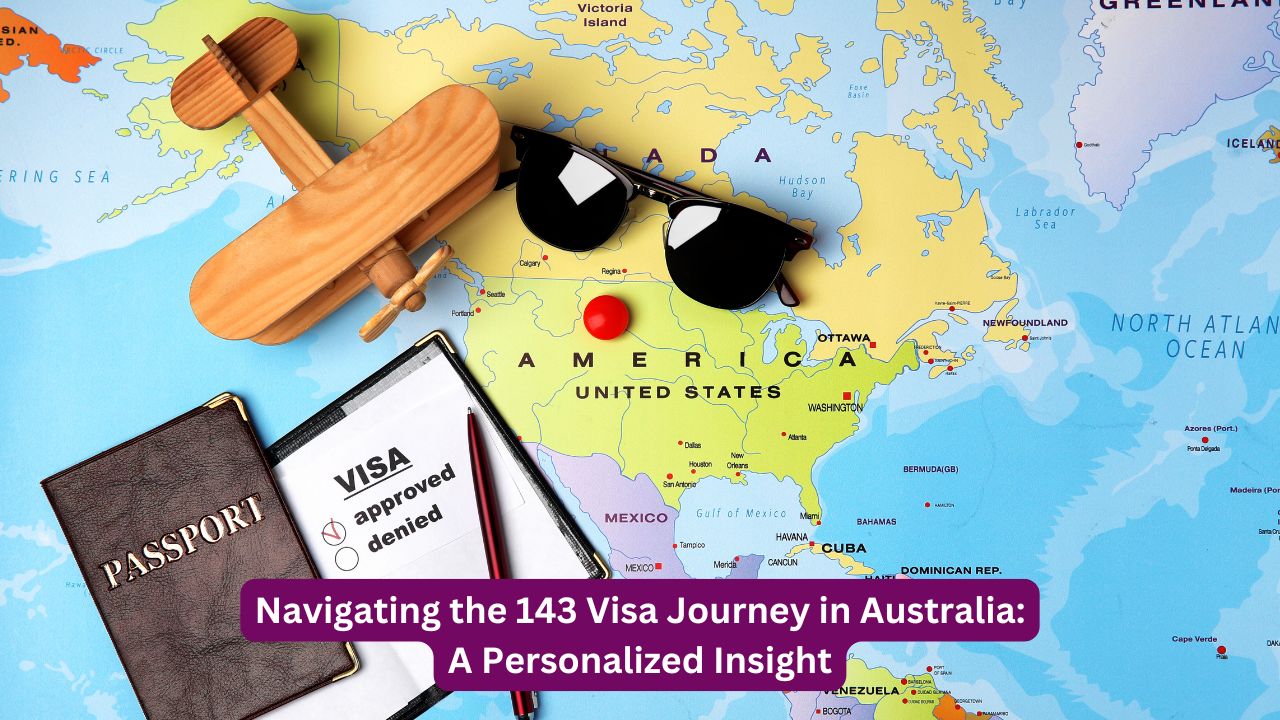The 143 visa, affectionately known as the Contributory Parent (Migrant) visa, offers a pathway for parents of Australian citizens, permanent residents, or eligible New Zealand citizens to join their loved ones in Australia. However, embarking on this visa journey and understanding its timeline can often feel like navigating through uncharted waters. In this article, we’ll share a heartfelt guide to the 143 visa processing time in Australia, sprinkled with real-life stories and the latest legal updates to keep you informed.
The Unpredictable Nature of 143 Visa Processing
The 143 visa processing time is a bit like the weather – it can change unexpectedly. Factors such as the complexity of your application, the number of applications in the queue, and the workload at the Department of Home Affairs all play a role. As of now, the department estimates a wait time of around 30-36 months. But remember, this is just an estimate, and unforeseen events like the COVID-19 pandemic can cause delays. So, it’s crucial to keep an eye on the latest updates from the department.
What Shapes the 143 Visa Timeline?
Several elements can influence how long it takes to process your 143 visa. One of the most crucial is the completeness and accuracy of your application. Think of it like baking a cake – if you’re missing an ingredient or the measurements are wrong, it won’t turn out as expected. Similarly, incomplete or inaccurate applications can lead to delays as the department requests more information or conducts additional assessments.
Another factor is the department’s workload. With so many visa applications to process each year, staff shortages or high demand for certain visas can cause backups. And let’s not forget the complexity of your application. If you have a criminal history or complex health issues, the department may need to conduct extra checks, which can add to the wait time.
Real-Life Stories and Legal Insights
To get a better grasp of the 143 visa processing time, it’s helpful to look at real-life examples and the legal framework. The Migration Act 1958 (Cth) is the law that governs the visa application process in Australia and outlines the requirements for the 143 visa.
Take Mr. and Mrs. Zhang, for instance. They applied for the 143 visa in 2018 and waited over two years for their application to be processed. During this time, they provided additional information and underwent health checks, which caused further delays. But despite the long wait, their application was eventually approved, and they were granted the 143 visa. Their story reminds us of the importance of patience and providing complete and accurate information from the start.
Tips to Smoothen Your 143 Visa Journey
Navigating the 143 visa process can be overwhelming, but there are ways to make it easier. Here are some tips to keep in mind:
- Start Early: Begin your application process as soon as possible to give yourself some buffer time for potential delays.
- Be Thorough: Ensure your application is complete and accurate to avoid any hold-ups due to missing information.
- Stay Informed: Regularly check the Department of Home Affairs website for updates on processing times and any changes to the visa application process.
- Seek Guidance: Consider enlisting the help of a migration agent or lawyer who can guide you through the process and offer support.
Wrapping Up
The 143 visa processing time in Australia can be a long and winding road, but with the right preparation and understanding, you can make the journey smoother. By following the tips in this article and staying informed with the latest updates from the Department of Home Affairs, you can increase your chances of a successful application and minimize delays.
Remember, the key to a successful visa application is providing complete and accurate information and being patient during the process. With the right approach, the 143 visa can be a wonderful opportunity for parents of Australian citizens, permanent residents, or eligible New Zealand citizens to reunite with their families in Australia.
(Disclaimer: This is intended as general information only and not to be construed as legal advice. The above information is subject to changes over time. You should always seek professional advice before taking any course of action.)








